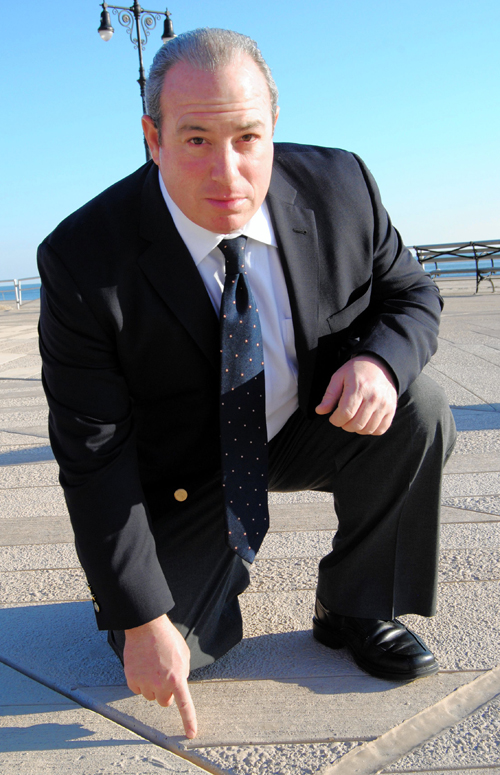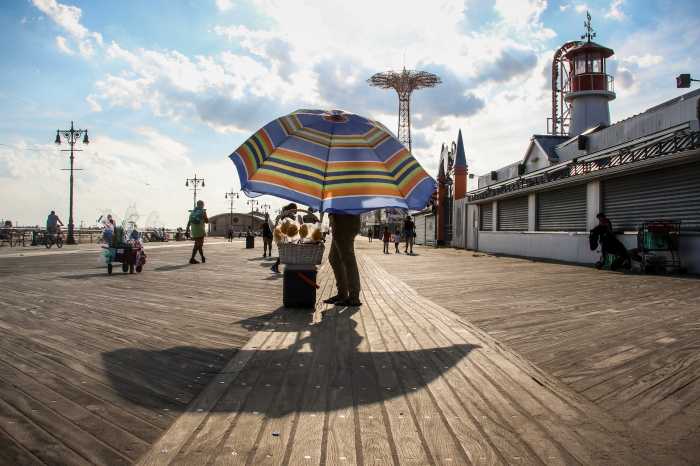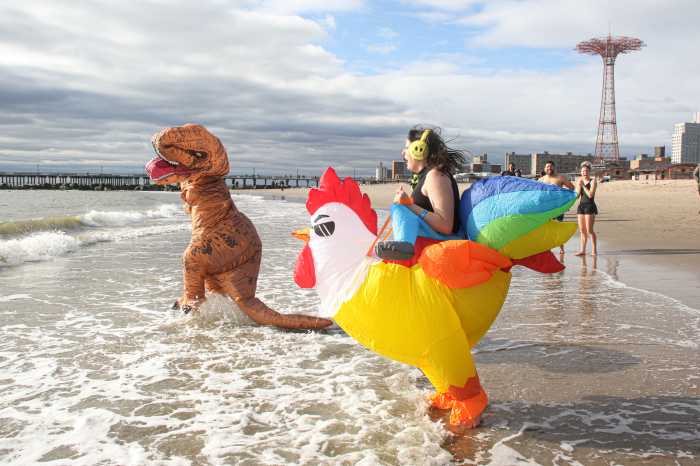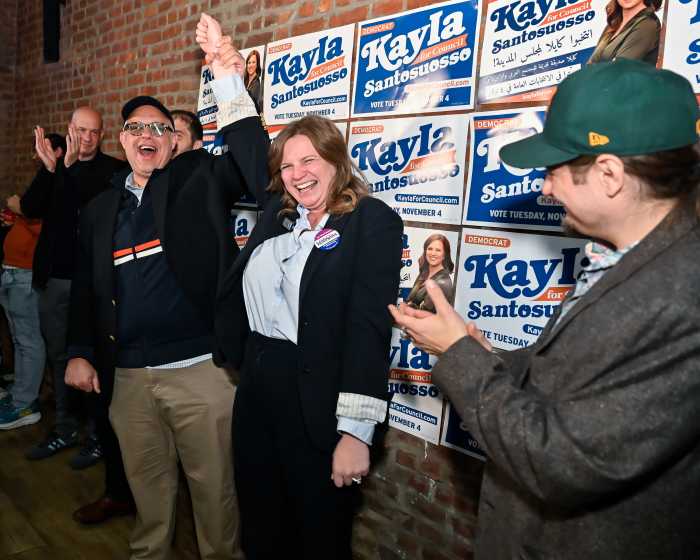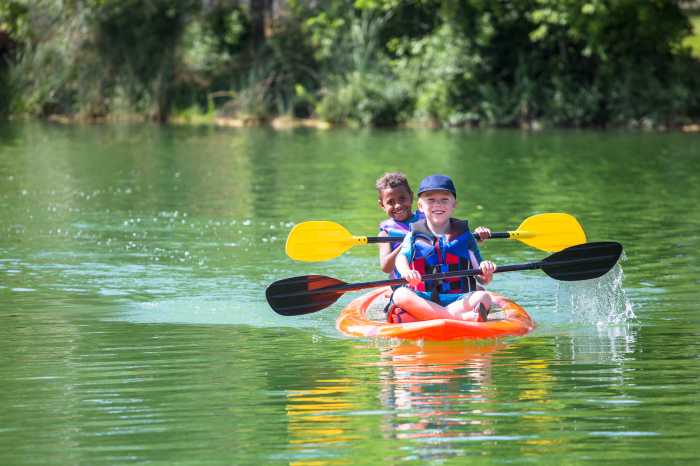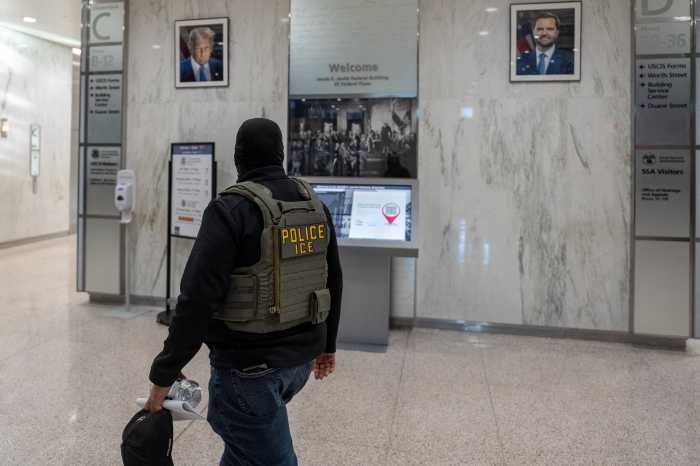It’s official: the Boardwalk is going to get a concrete makeover.
The city’s Public Design Commission unanimously approved the Parks Department’s plan to replace a section of the Boardwalk with concrete and recycled plastic lumber on Monday — outraging Coney Island residents and preservationists who fear that the controversial project will ruin the historic beachfront walkway’s look and feel and pave the way toward turning of the rest of the iconic 79-year-old promenade into an ordinary sidewalk.
“This is a sad day for Coney Island when concrete is made a part of our Boardwalk,” said Rob Burstein, the president of the Coney-Brighton Boardwalk Alliance.
The commission’s 6–0 vote gives the Parks Department permission to tear out the wooden Boardwalk between Coney Island Avenue and Brighton 15th Street, and install a 12-foot wide concrete lane that can support emergency vehicles. A 19-foot pathway built out of recycled plastic boards will be put on either side of the concrete path to accommodate foot traffic, according to the city plan.
But the Public Design Commission’s approval hinges on the Parks Department consideration of another alternative: moving the concrete lane to the Surf Avenue side of the Boardwalk so visitors to Coney Island can be closer to the beach. The Public Design Commission also requested that the city look into the possibility of replacing a small section of the Boardwalk with new wood.
But city officials say they’ve studied other alternatives — such as using sturdy Black Locust lumber, which is favored by preservationists for the Boardwalk — and found that concrete and recycled plastic lumber were still the best and cheapest options.
“We would greatly prefer to use wood,” Alex Hart, a top Parks designer, said. “But there’s nothing out there that will work.”
Critics say the Public Design Commission’s recommendations are meaningless, since the city isn’t required to conduct these tests.
“It’s a done deal even though we don’t want concrete,” said Todd Dobrin, the head of Friends of the Boardwalk.
More than 40 people testified against the city’s plan during a raucous four-hour hearing.
Councilman Domenic Recchia (D–Coney Island) was one of just four people who came out in favor of the concrete overhaul.
“We have to move forward,” said Recchia. “This plan is a compromise.”
In 2010, the Parks Department proposed replacing the entire Boardwalk with concrete and plastic lumber — except for a four-block section in the historic amusement district between W. 15th and W. 10th streets — as part of its $30-million renovation of the 2.7-mile span, which opened in 1923.
The agency tested the materials on two sections of the walkway in 2011, arguing that the concrete is sturdier and — at $90 per square foot — roughly $40 per square foot cheaper than real wood.
But last spring Community Board 13 rejected the city’s proposal to pave over the Brighton Beach portion of the Boardwalk — and in October the design commission ordered another review of the project after residents testified that the test slabs of concrete were cracking up.


